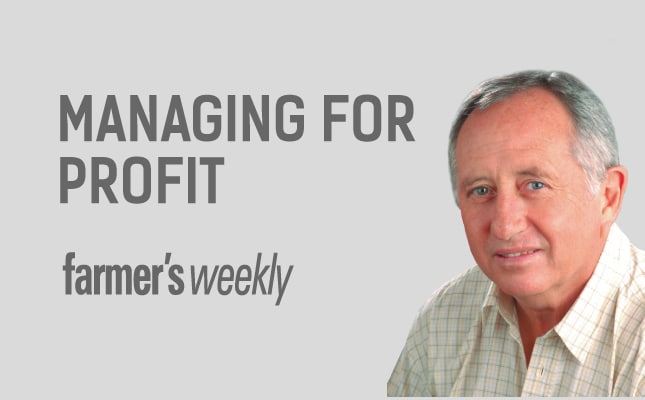
Now, I know all townies think that life on the farm is on the slow side, but you and I know the opposite is true. Days start early and finish late. It’s rush, rush, and there’s never enough time. Maybe we need to become a bit more like the plants we grow.
READ:Ensuring the success of your agritourism business
Joyce McGreevy writes in Gardening by Heart, “People have schedules. Plants have cycles. People stay up late, get up early, skip meals, cut corners, drive too fast, and work in a frenzy to get things done in less time. Plants take their time and concentrate on the most important activity of all – growing”. How well do you manage your time? Do you run faster and faster but never get everything done?
Time management a misnomer
How often do you stop to think about your time management, or are you also one of those who says, “I’m definitely going to take a course in time management – just as soon as I can work it into my schedule”. But ‘time management’ is a misnomer. As Steven Covey points out in The Seven Habits of Effective People, the challenge is not to manage time, but to manage ourselves. Take a long hard look at Covey’s Time Management Matrix below. First understand it, then complete it. It could change your life.
Using the matrix
Every single one of your activities can be placed in one of the boxes in the matrix:
- Box 1 and 3 are the ‘urgent’ jobs needing attention now.
- Box 2 and 4 are the ‘not-urgent’ jobs that can wait.
- Box 1 and 2 are the ‘important’ jobs, which, if not attended to, will impact heavily on the business and your life.
- Box 3 and 4 are the ‘not-important’ activities, those if scrapped entirely, would have little if any impact on you or the business.

Now take your ‘to-do list’, your diary and all the notes you have of things you plan to do over the next few months, and slot them into one of the four boxes. If a task is ‘urgent’ and also ‘important’, place it in box 1, otherwise put it in box 3. If it’s a ‘not-urgent’ activity, it goes in box 2 or 4. If it’s not urgent, but still important, it’s for box 2, if not, it goes into box 4.
Personal stuff
Don’t stop now. Think about all those things you need or wish to do which are not on any of your lists. Top of these should be regular exercise and that medical checkup you’ve been putting off. Put them both in box 1 – ‘urgent’ and ‘important’. Box 2 is the critical one. Activities such as family time and a review of business strategy, which are extremely important but ‘not urgent’, should go here. A week’s delay won’t make much difference.
Re-examine each of the items you have listed. How important is that activity or job really? If it didn’t happen, what would the impact be? If it’s not dire, you can maybe shift it to one of the ‘not-important’ boxes.
Urgency
What about urgency? If it’s not done this week, what would happen? Can’t we shift some activities to the ‘not-urgent’ boxes?
Don’t rush it – think carefully about every item and take your time! Next, discuss the matrix with one of your colleagues and your spouse. Do they agree with your selection and criteria? Are your assumptions about urgency and importance, accurate?
What it means
Now take a look at the completed matrix and let’s see what Covey says about you and your planning:
- Box 1: If this is clogged with activities, you’re heading for burnout. You’re in crisis mode, loaded with stress, constantly putting out fires. You need to improve your self management quickly.
- Box 3: If this one is bulging with tasks, you’re not much better than the box 1 manager. Your focus is too short term and you’re prone to crisis management. You’ll often feel things are out of control and experience many shallow and broken relationships.
- Box 4: If this is where you spend most of your time, all is lost. If you haven’t been fired yet, quit now, as sooner or later it’s going to happen anyway.
- Box 2: If this is where most of your activities end up, you’ll make it to the top. You’re organised, a person of vision, with self-discipline and control. You’ll seldom have to deal with crises, and your life and business will be a great success.
Where do you fit in?
This article was originally published in the 1 August 2014 issue of Farmers Weekly.







